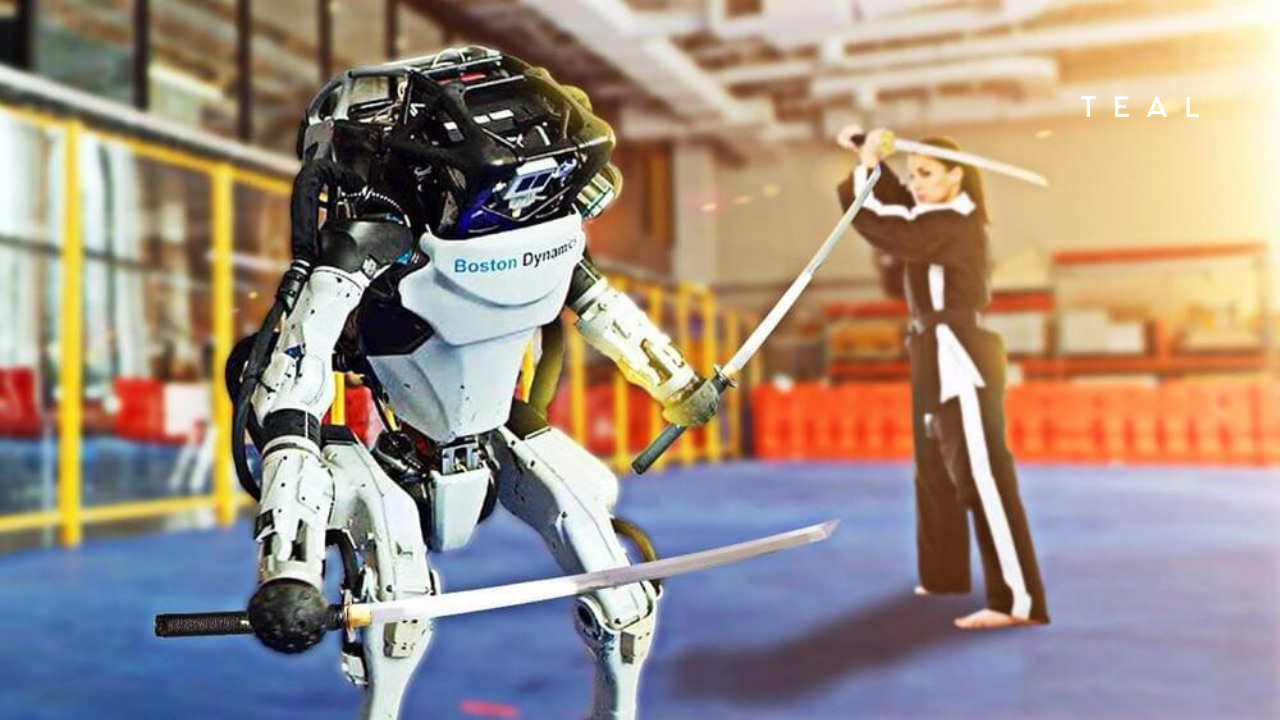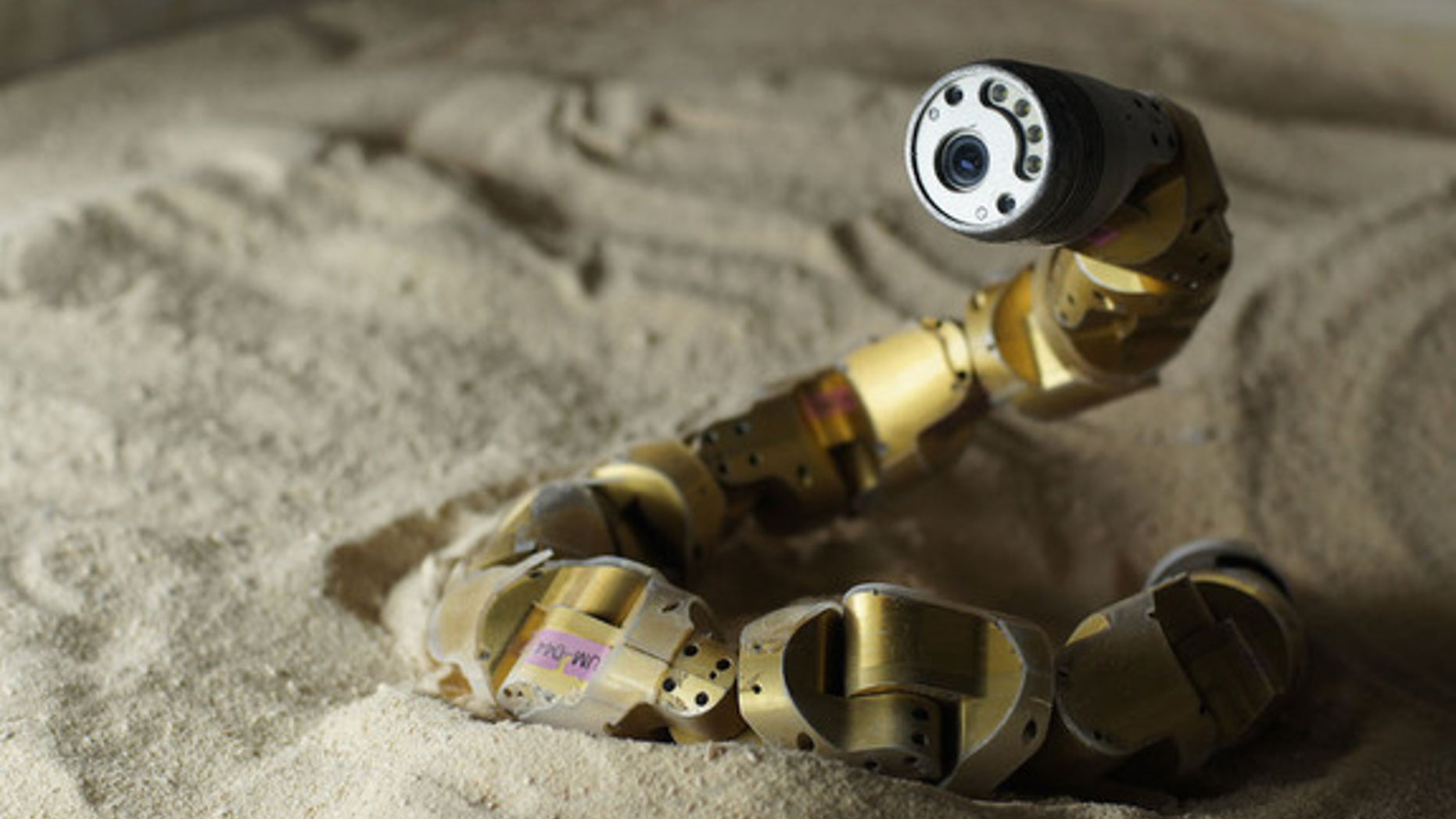The Rise of Autonomous Robots in Warfare: A Look Into the Future of Connected Combat

Robotics and AI-powered technologies are transforming the landscape of the battlefield, introducing new possibilities and challenges. Autonomous robots are among the latest innovations bringing immense military benefits, including improved intelligence, reduced casualties, and increased speed and efficiency. The use of autonomous robots in warfare has been a topic of debate for quite some time now. While some believe that robots represent the future of warfare, others argue that they pose a significant threat to humanity. Regardless of where you stand on the matter, it is essential to be informed about the various examples of autonomous robots for warfare that exist today and the potential implications they may have. From drones, unmanned ground vehicles, and humanoid military robots, the military is deploying these machines for different roles, including surveillance, reconnaissance, logistics, and combat. With increasing advancements in robotics and AI, the future of warfare is full of promises and uncertainties. As the deployment of advanced robotics solutions globally is a foregone conclusion, the need for reliable connectivity will play a critical role in ensuring the operability of these warfighting machines. In this blog, we’ll explore some examples of autonomous robots in warfare, their impressive capabilities, ethical concerns, and potential impacts on the battlefield.
The first autonomous robot in warfare was a sea vessel developed by Leonardo da Vinci in the late 15th century. Since then, the military has used various robots to save lives, reduce risks, and enhance performance. One of the most exciting examples today is Boston Dynamics’ robot dog, the Spot. This four-legged robot can now speak thanks to AI, navigate complex terrain, climb stairs, and perform various field tasks, including carrying equipment. The US Armed Forces have deployed the Spot in combat zones, where it collects data and provides situational awareness, among other roles. The robot can also communicate with other systems and work collaboratively with human soldiers. Keeping robots like Spot reliably connected around the world will be critical to future missions, and eSIM will provide the flexibility and control to deploy these types of robots at a moment’s notice anywhere in the world.
Perhaps the most advanced and sophisticated example of an autonomous robot for warfare is the humanoid robot. These robots are designed to be humanoid in appearance and are capable of performing a wide range of tasks, from carrying heavy equipment to engaging in firefighting missions. Humanoid robots can be programmed to operate independently, without human control, and can be outfitted with advanced AI systems that allow them to make complex decisions on the battlefield.
One area where autonomous robots have shown tremendous promise is in the field of unmanned aerial vehicles, or drones. These drones can be outfitted with cutting-edge sensors and cameras, allowing them to gather intelligence and reconnaissance information from the air. This information can then be used to inform military decision-making, without putting human pilots at risk of harm. Drones can also be deployed for reconnaissance missions in areas that are too dangerous or inaccessible for human soldiers, making them a valuable tool for gathering information in hostile environments. Beyond visual line of sight (BVLOS) drones are extending the reach of drones thanks to advanced global connectivity technology such as eSIM.

When it comes to military drones, we often think of fixed wing drones like the Predator drone, but Small Unmanned Aircraft Systems (sUAS) like FLIR’s Black Hornet, the Military’s stealthy pocket-sized recon drone is proving to have an impact in theater.
 In 2005, DARPA announced the Nano Air Vehicle (NAV) program and its goal to develop agile systems that could fit in one hand. Once example that started development almost 2 decades ago is the Nano Hummingbird or Nano Air Vehicle (NAV) is a tiny, remote-controlled aircraft built to resemble and fly like a hummingbird, developed in the United States by AeroVironment, Inc. to specifications provided by the Defense Advanced Research Projects Agency (DARPA).
In 2005, DARPA announced the Nano Air Vehicle (NAV) program and its goal to develop agile systems that could fit in one hand. Once example that started development almost 2 decades ago is the Nano Hummingbird or Nano Air Vehicle (NAV) is a tiny, remote-controlled aircraft built to resemble and fly like a hummingbird, developed in the United States by AeroVironment, Inc. to specifications provided by the Defense Advanced Research Projects Agency (DARPA).
As you can imagine, this technology today looks and moves just like a real hummingbird, and even smaller drones the size of insects are being deployed. Newer nano drones like swarm robots are beginning to make their way into reality.
Another example of an autonomous robot for warfare is the unmanned ground vehicle, or UGV. These machines are designed to operate on the ground, and can be used for a variety of tasks, from carrying supplies and equipment to patrolling dangerous areas. UGVs can be equipped with advanced sensors and cameras, enabling them to navigate complex terrain and gather valuable intelligence information. In addition to their intelligence-gathering capabilities, UGVs can also be equipped with weapons systems, making them a potential threat to enemy forces.

Perhaps the most controversial example of an autonomous robot for warfare is the autonomous weapon system, which is capable of making decisions to engage targets without human intervention. While no fully autonomous weapon system has been developed yet, several countries, including the United States, Russia, and China, are working on them. There is considerable concern surrounding the development of these systems, as their potential use could lead to catastrophic consequences.
Other Examples of Military Robots
The THeMIS (Tracked Hybrid Modular Infantry System) unmanned ground vehicle is another well-known autonomous robot for warfare.

It is designed to provide support to soldiers by carrying heavy loads, performing reconnaissance missions, and serving as a communication hub during battle. Additionally, it can be equipped with various weapons and sensors, further enhancing its capabilities.
Talon Swords is a remote-controlled military robot created by QinetiQ North America. This robot is designed specifically for counter-insurgency warfare. It has several modular tools that can be attached, such as a shotgun or a grenade launcher. It is also equipped with sensors that can detect and locate a target’s position with complete accuracy.
The General Dynamics’ Mutli-User System for Earth Sensing (MUSES) drone is a robotic space technician that can perform various tasks, including inspecting, repairing, and upgrading satellites. With its AI and machine learning algorithms, the MUSES can identify and complete missions without human intervention. Some of the military applications of the MUSES include relaying secure information, reducing satellite downtime, and autonomy in space exploration.
With its AI and machine learning algorithms, the MUSES can identify and complete missions without human intervention. Some of the military applications of the MUSES include relaying secure information, reducing satellite downtime, and autonomy in space exploration.
 Snake robots offer significant advantages to the military, including reducing risks for soldiers and saving lives. They also reduce the cost of military operations, improve response time, and enhance the effectiveness of missions.
Snake robots offer significant advantages to the military, including reducing risks for soldiers and saving lives. They also reduce the cost of military operations, improve response time, and enhance the effectiveness of missions.
Despite their benefits, autonomous robots in warfare raise serious ethical questions. Some experts worry that these machines could lead to uncontrolled, unstoppable killing machines. You guessed it, like the Terminator. There is also a concern that robots could malfunction or fall into the wrong hands, leading to disastrous consequences. Moreover, robots could reduce the value of human life in warfare and normalize violence.
Still, there’s no doubt that autonomous robots in warfare are a game-changer, offering significant benefits to the military and solving complex challenges. These machines can reduce risks for human soldiers, reduce costs, and offer better security for nations. Governments and tech companies need to work together to establish clear guidelines for developing, deploying, and using autonomous robots in warfare. As the military continues to embrace technology, we must keep all ethical considerations at the forefront of the conversation.
Connecting Advanced Robotics Solutions Globally with eSIM Technology
The evolution of eSIM technology is reshaping the entire robotics industry. By providing reliable connectivity, eSIM is enabling and expanding the global reach of robots and autonomous drones.
With more network operator agreements than any other connectivity provider, Teal’s GSMA certified eSIM platform gives businesses everywhere the flexibility and control to remotely switch between networks, ensuring the highest level of reliability and performance for any robotics deployment.
Watch the video below and find out how Teal is simplifying access to global networks and streamlining deployment times for BVLOS drones.
Learn more about the game changing capabilities of eSIM and contact a Teal expert today!
Recent Posts
How TEAL’s eSIM Technology is Shaping the Future of Drone AAM Policy Under FAA Part 108
Teal Communications Staff2025-07-08T16:48:15+00:00
Empowering Freedom, Independence, and Control Through TEAL’s Network Orchestration Service (NOS)
Teal Communications Staff2025-07-03T16:40:46+00:00
Unlocking the Potential of Network Orchestration
Teal Communications Staff2025-07-02T20:45:42+00:00




